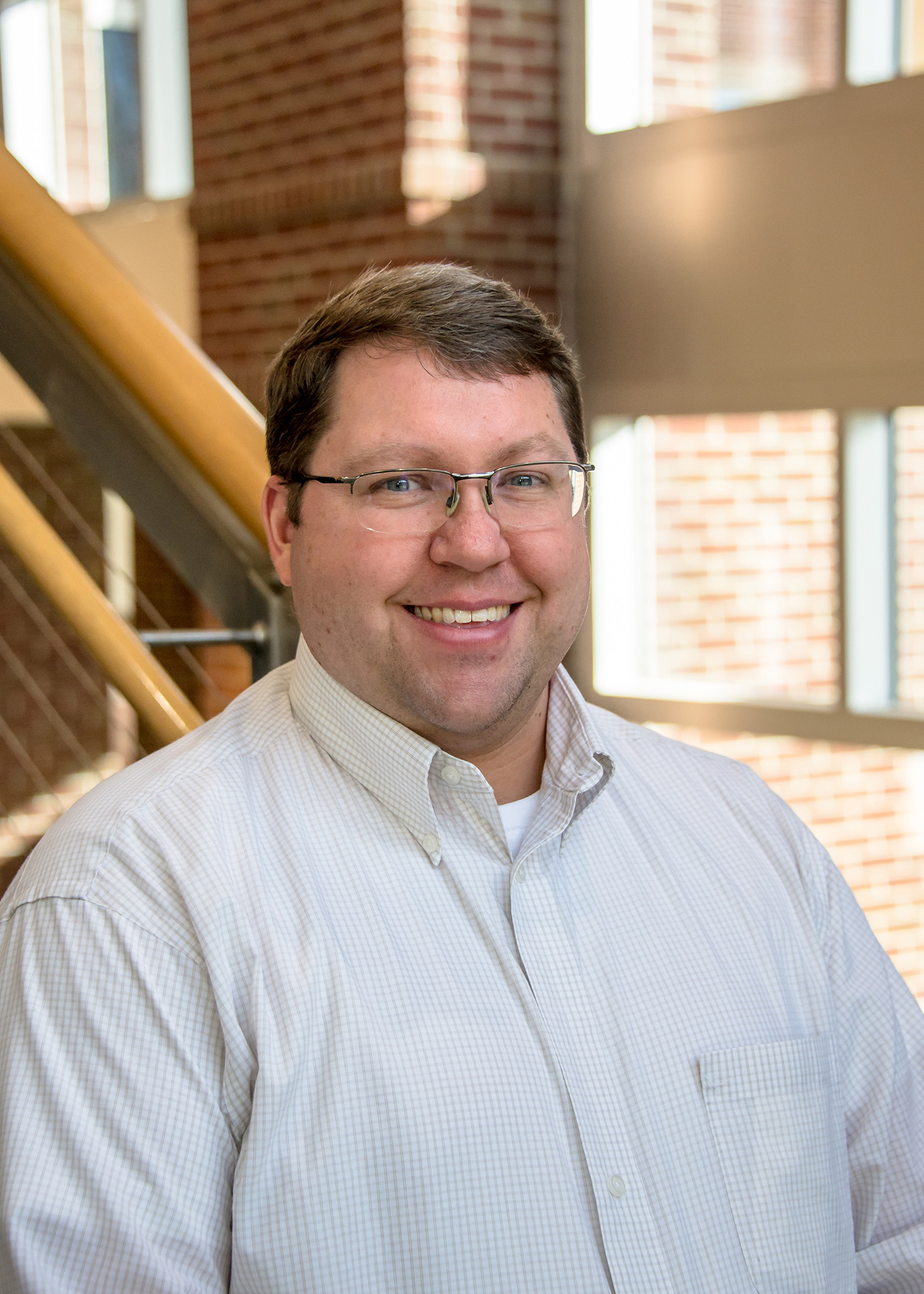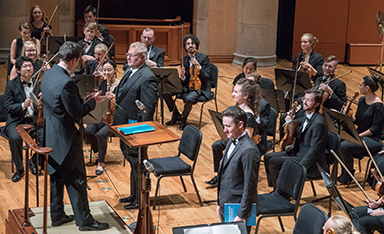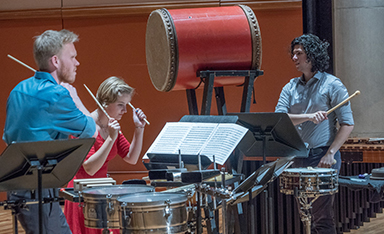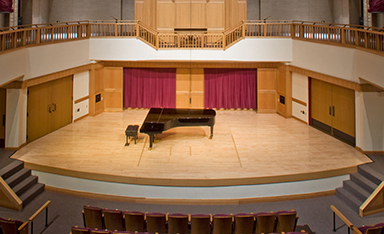Studying Tuba at Lamont
As a tuba student at Lamont, you’ll join a supportive studio dedicated to musical growth. Under the direction of Prof. Stephen Dombrowski, each tuba student is seen as an individual, with personalized instruction tailored to their unique strengths, goals, and learning style.
A typical week for a Lamont tuba student centers around your private lesson with Prof. Dombrowski. You’ll also take part in weekly studio class, where the focus ranges from solo repertoire and orchestral excerpts to technique building, audition preparation, and ensemble skills—all while fostering a strong, supportive studio community. In brass performance class, you’ll have valuable performance opportunities, learn how to give and receive constructive feedback, and benefit from the guidance of the entire brass faculty.
Because of our small studio size, you’ll have abundant performance opportunities. Tuba students regularly perform with both the Wind Ensemble and the Symphony Orchestra, as well as in chamber settings like brass quintets and duos. You’ll have the time, space, and support to grow into a confident, well-rounded performer.
Outside the studio, opportunities abound. Lamont’s size allows for personalized attention and meaningful connections, while the city of Denver offers a vibrant music scene with regional orchestras, gigs, and teaching opportunities. Our students are active performers in the community and often get paid work before they even graduate.
Lamont’s size allows you to receive individualized attention from all your instructors, gain confidence on stage, and have the space to discover your artistic voice. If you’re looking for a place to grow as a musician, artist, and individual, the Lamont’s tuba studio offers a vibrant and supportive home.








